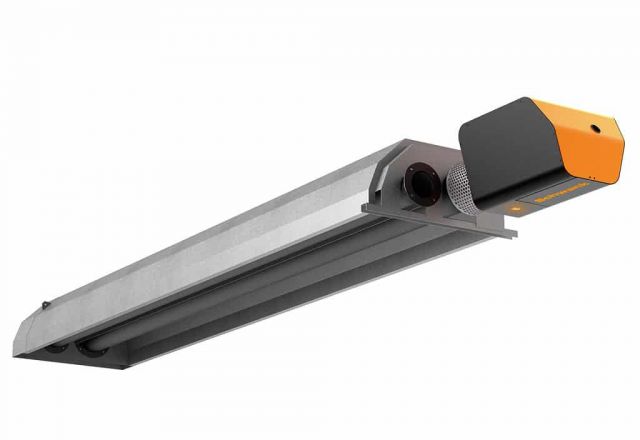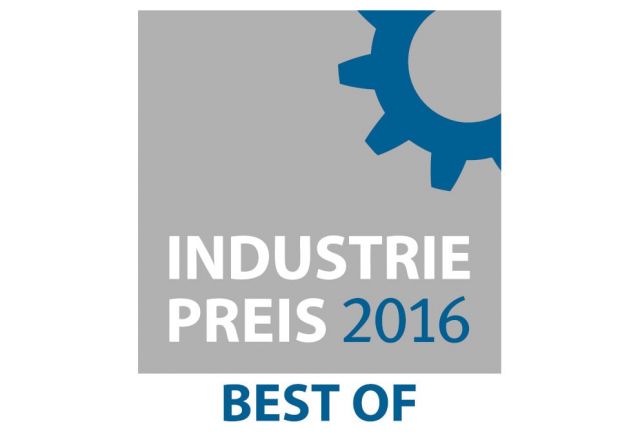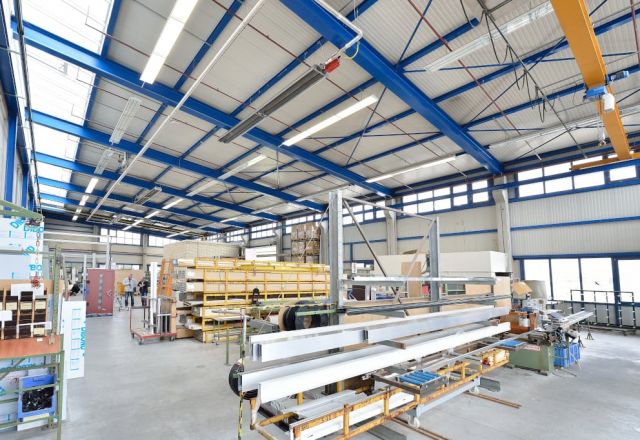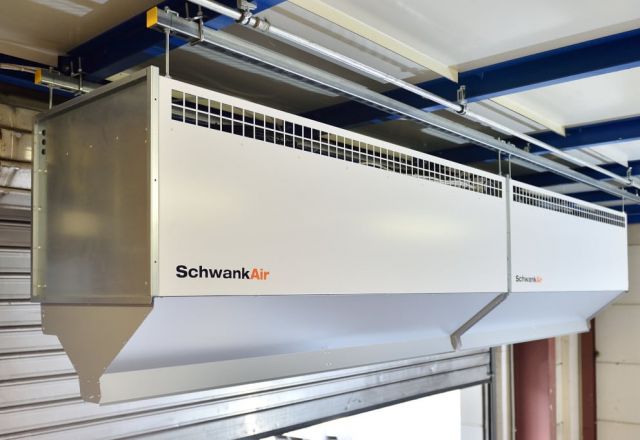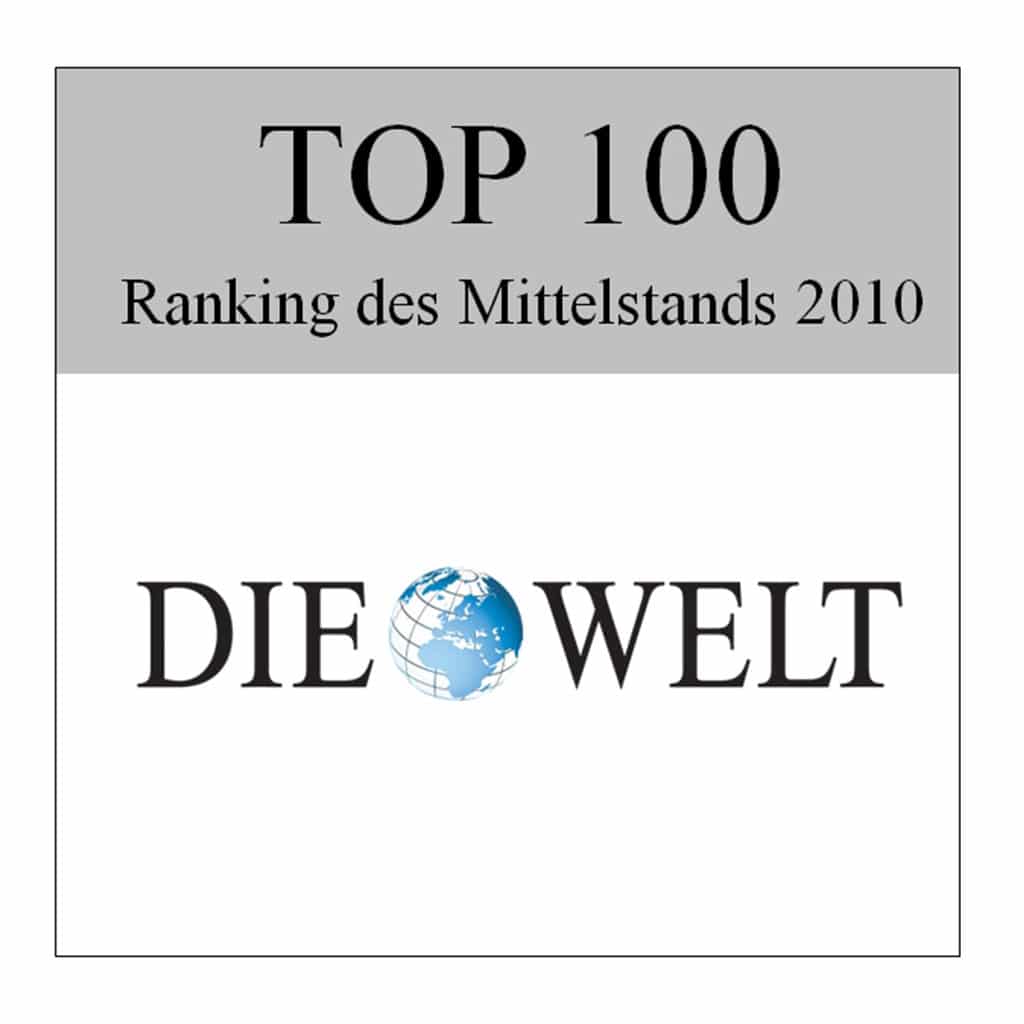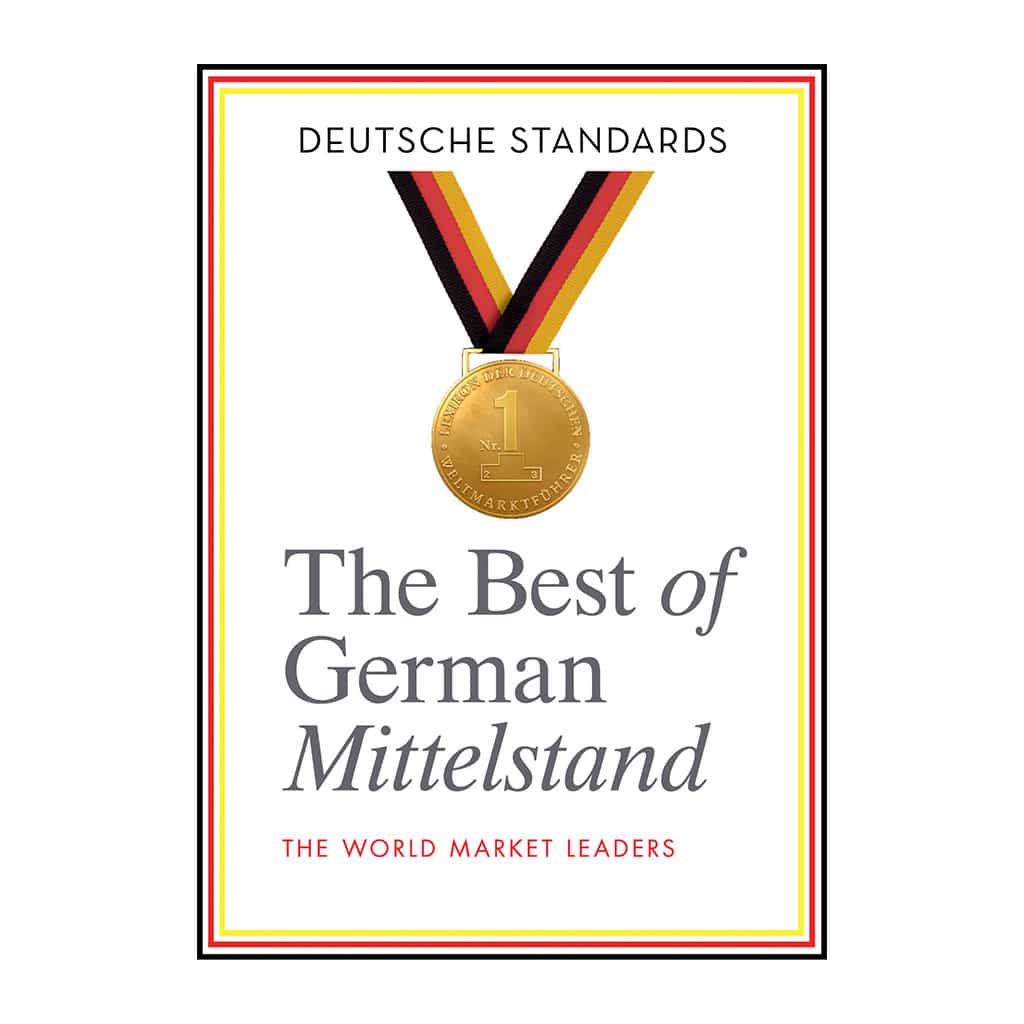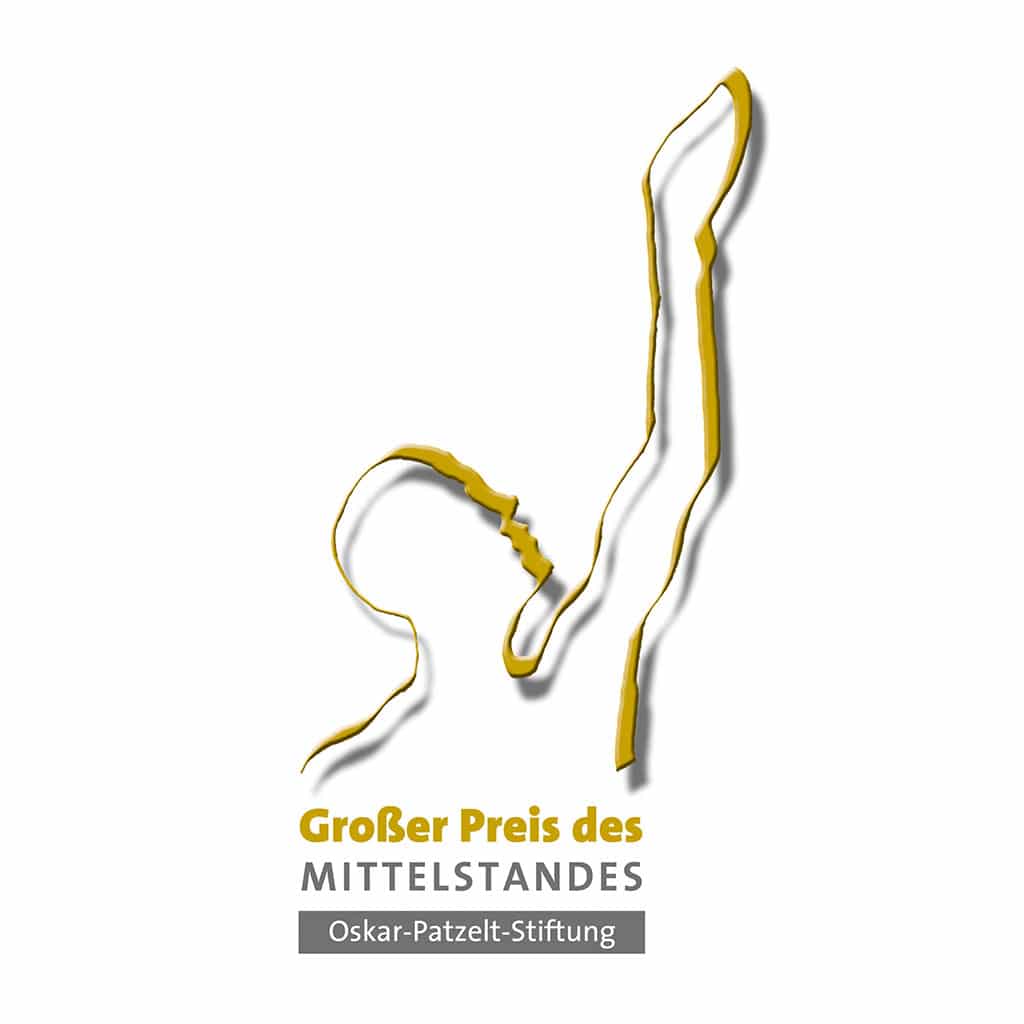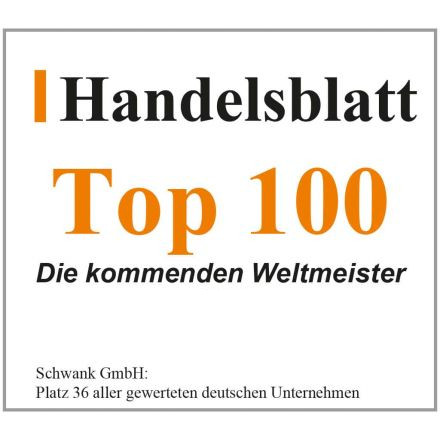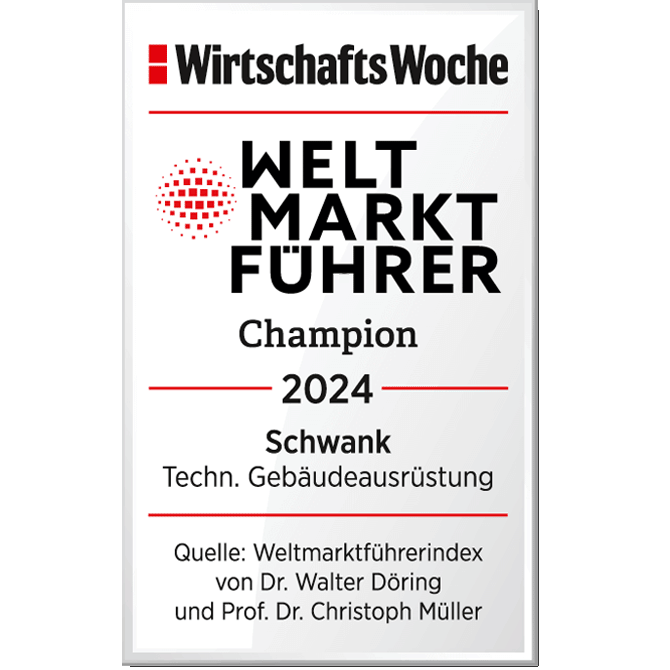‘Modulation’ is not identical to modulation. It is only through the simultaneous adaptation of gas and combustion air can the advantages of the customisation of the heat output according to the actual heat requirement completely unfold. What these are and how Schwank implements this is mentioned below:
Conventional burners frequently work with a fixed output. Customisation according to the actual heat requirement takes place solely via a burner cycle. This results in significant disadvantages: the energy efficiency of the burner is considerably diminished and the exhaust emissions rise significantly. A modulating system can help in such a case, i.e. a gas/air mixture that can vary the burner output. For this purpose, it is however not enough to reduce only the fuel supply. Even the combustion air must be adapted to the respective power requirement. Only then can an energetically unfavourable combustion be avoided. The advantages of the simultaneous adaptation of fuel and combustion air supply are obvious:
- The adaptation of fuel and combustion air as per the actual heat requirement increases the overall energy efficiency.
- The service life of heating systems is significantly extended due to reduced number of switching cycles.
- Before starting the system, “purging” with air needs to be avoided. This can avoid unnecessary heat losses.
- The lower exhaust gas temperature leads to a lower exhaust gas speed, whereby there is more time to dissipate heat. The annual usage index is therefore increased.
- Owing to the reduced cycles, the formation of non-combusted pollutants that arise during the start of the system can be reduced.
Due to their advantages, modulating burners are rated up to 5% better in determining seasonal energy efficiency than non-modulating or “would-be” modulating devices [Ecodesign Regulation EU2015/1188].
The following practical example shows how advantageous the installation of a modulating heating system can be. In a distribution centre of the dm drugstore, Schwank was able to replace an existing tube heater system with its own heating system with modulating tube heaters. Despite the installation of almost 150 kW of extra power, the modulation made it possible to reduce energy costs by 26%. In view of such high energy savings, the slightly higher investment pays for itself after about one year.


